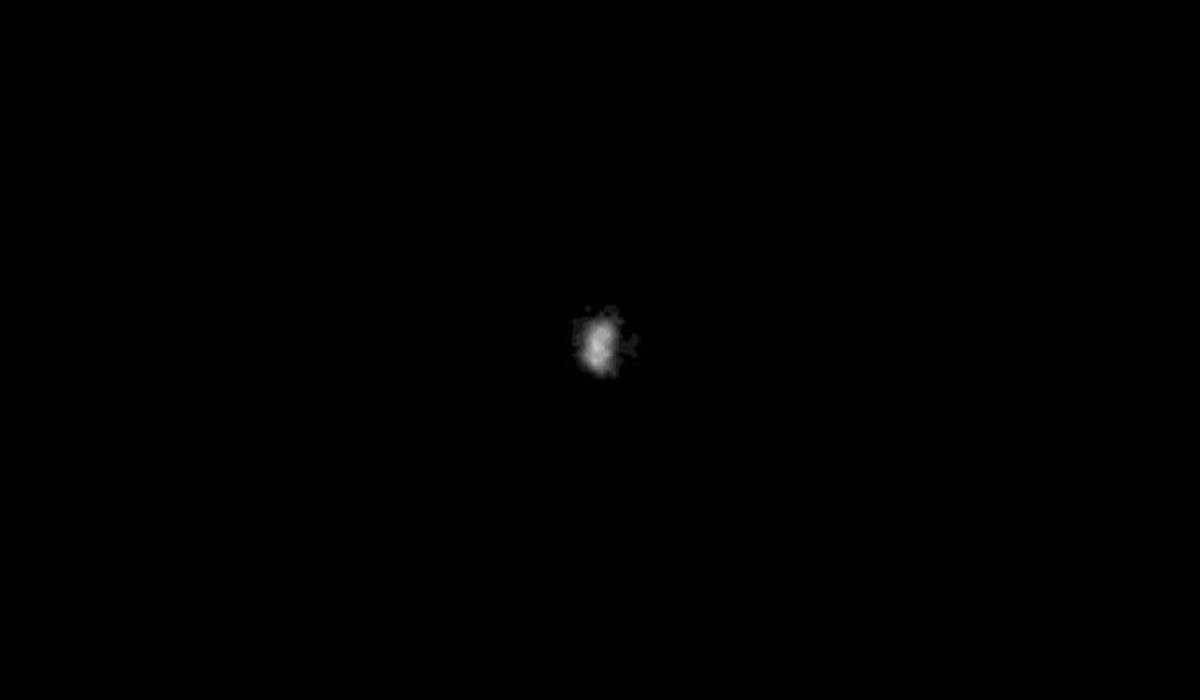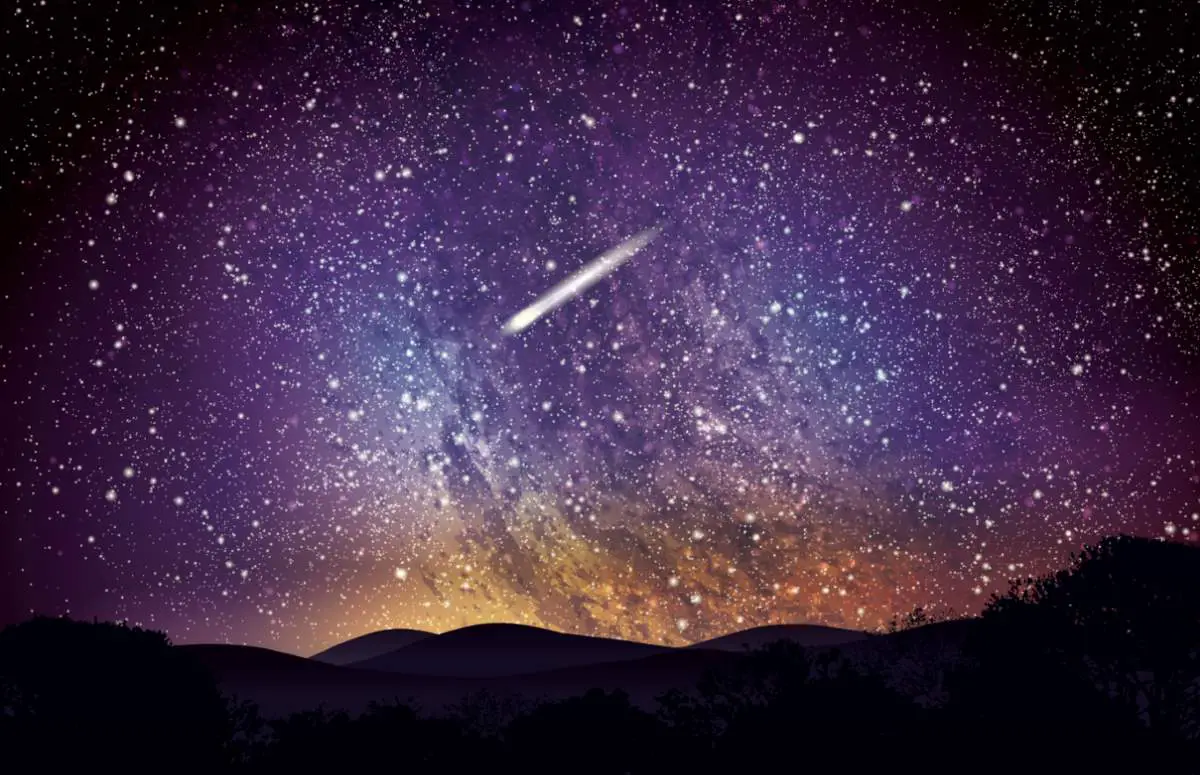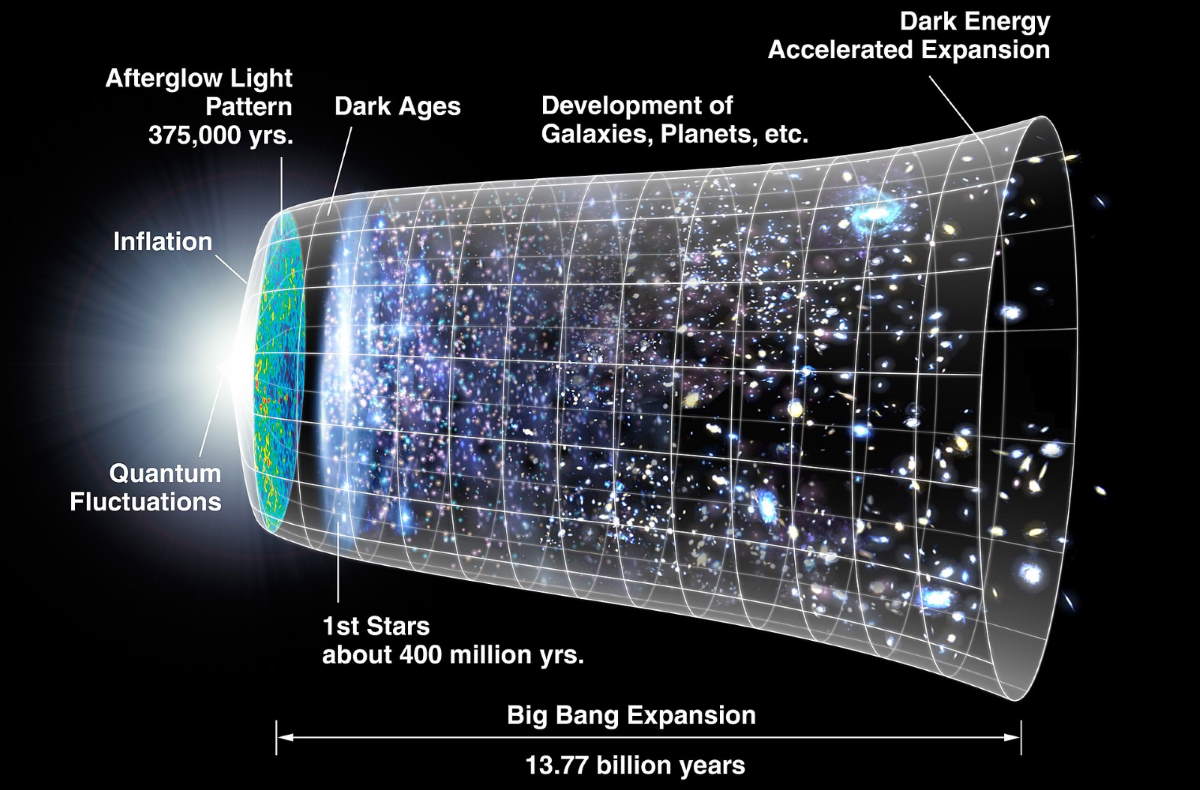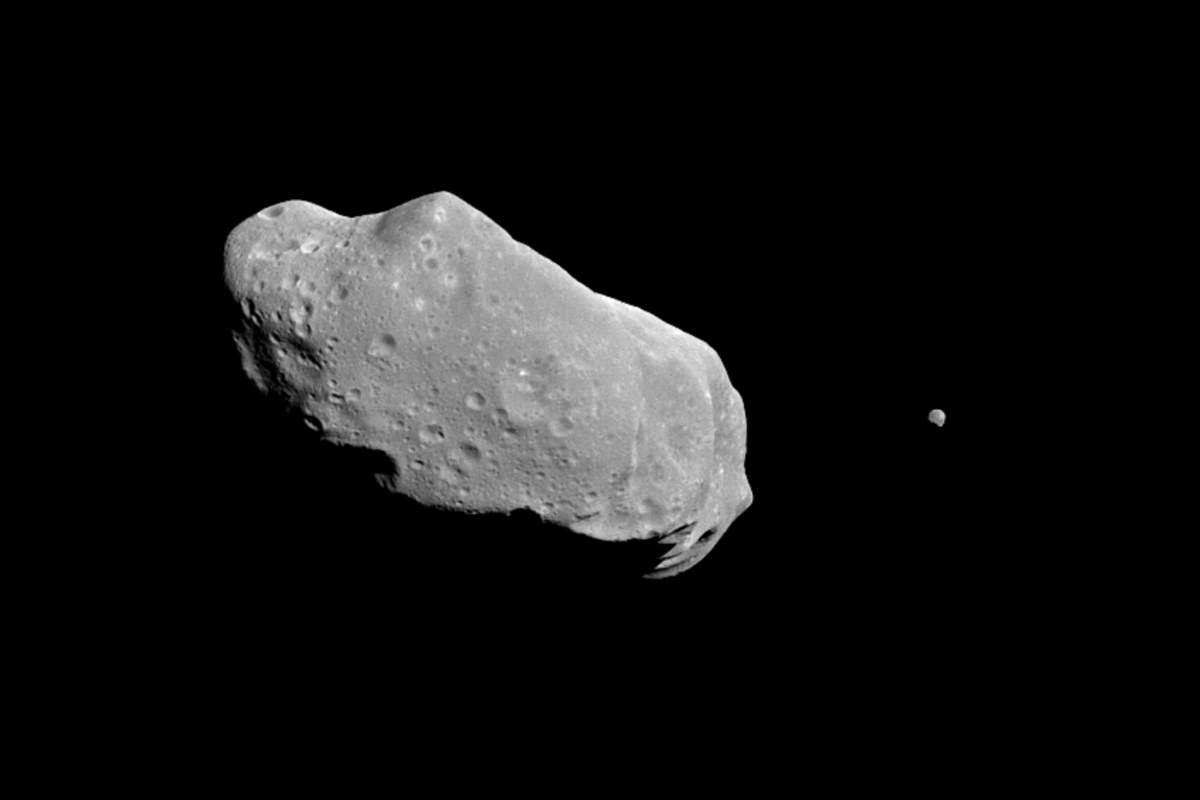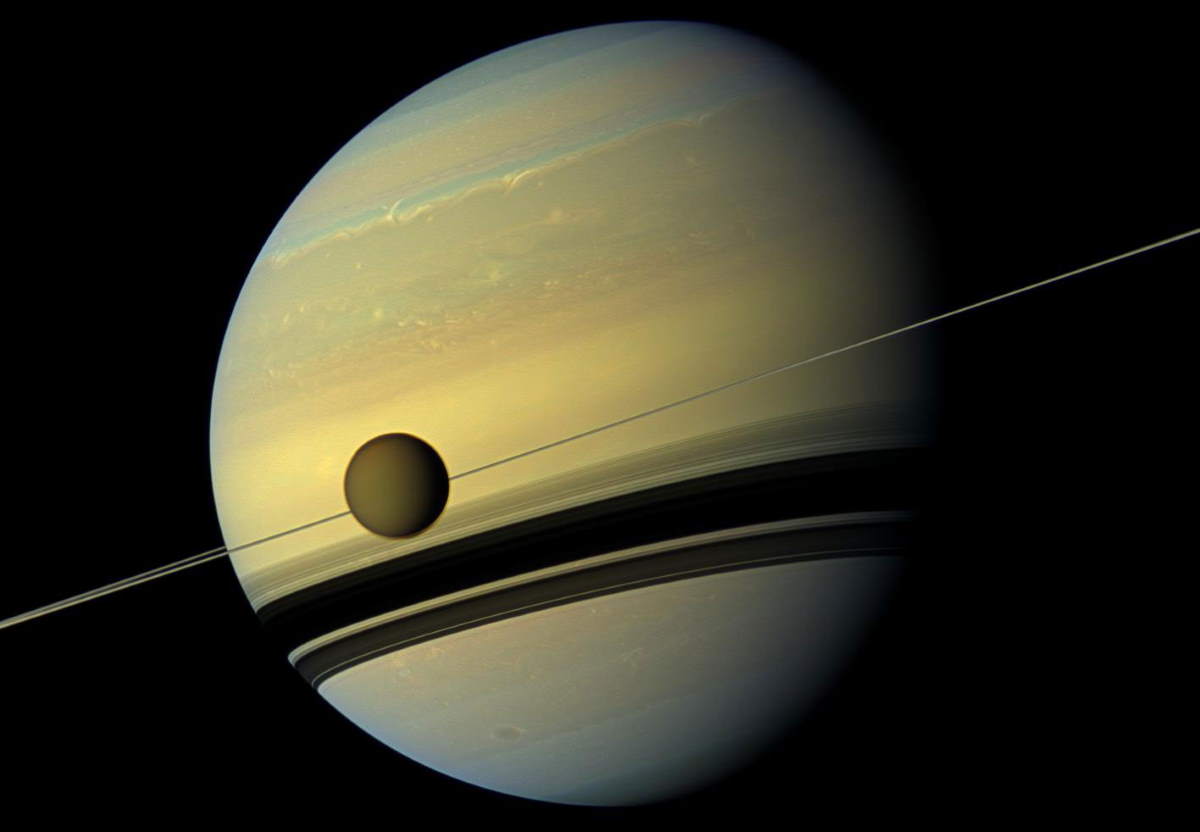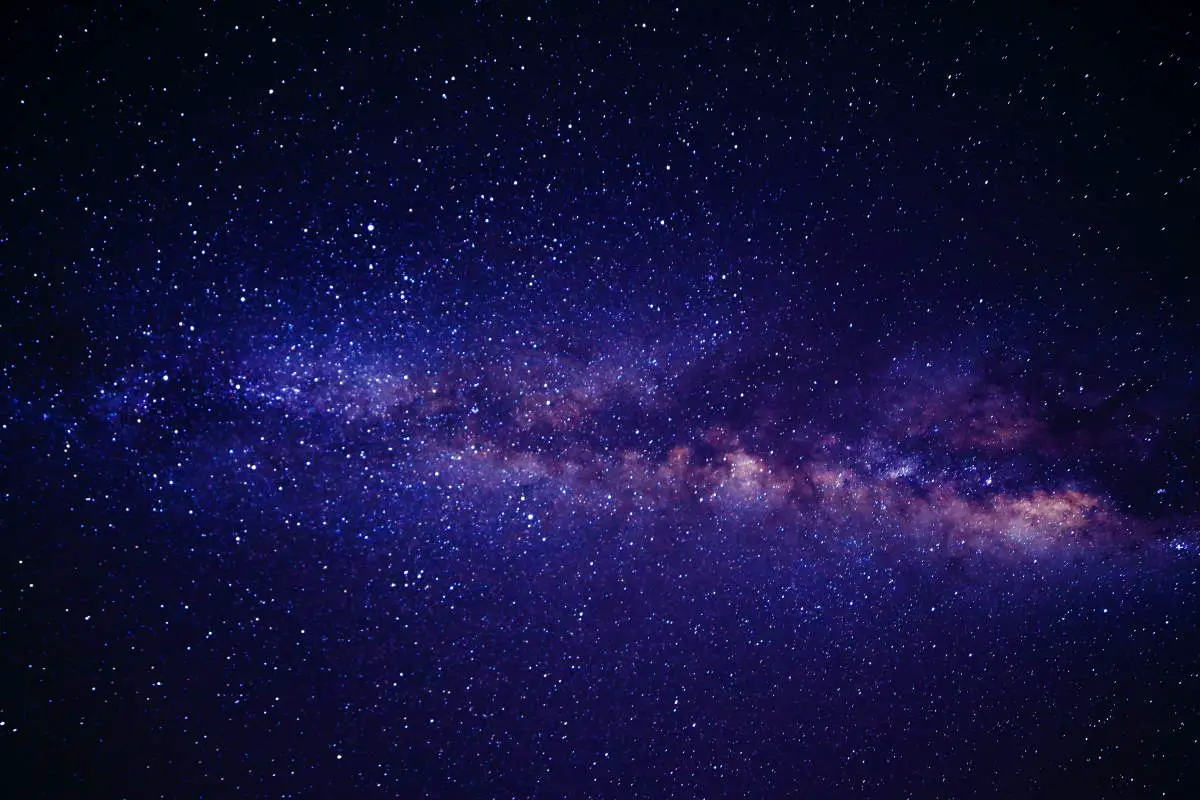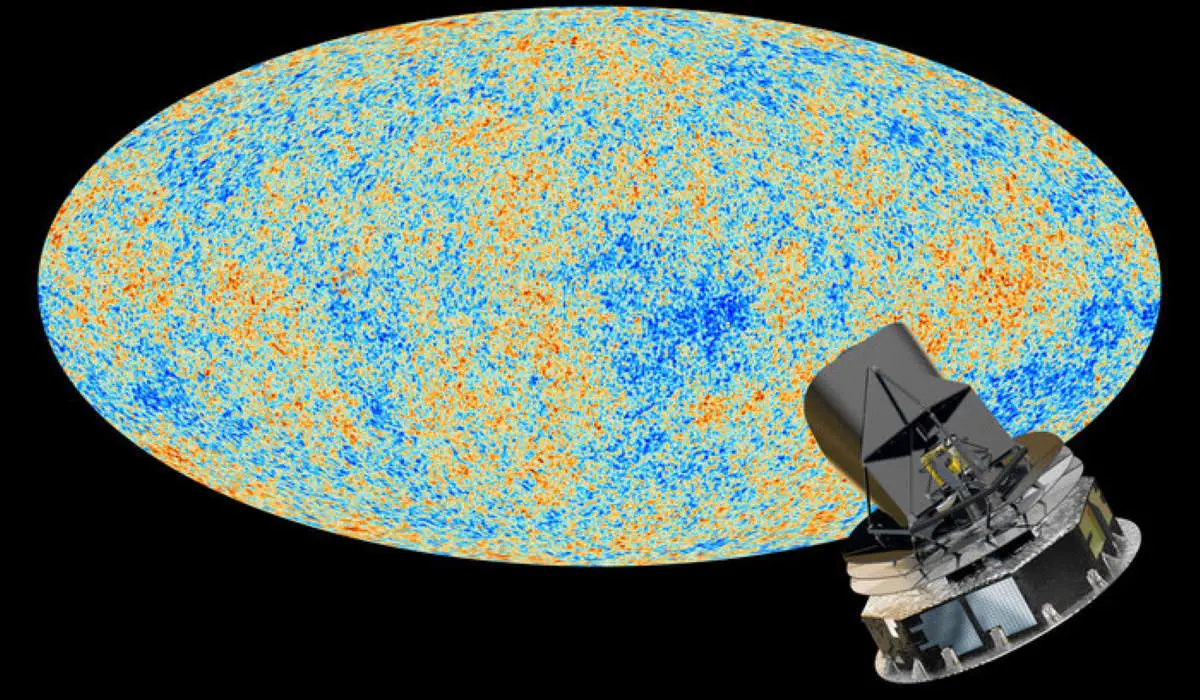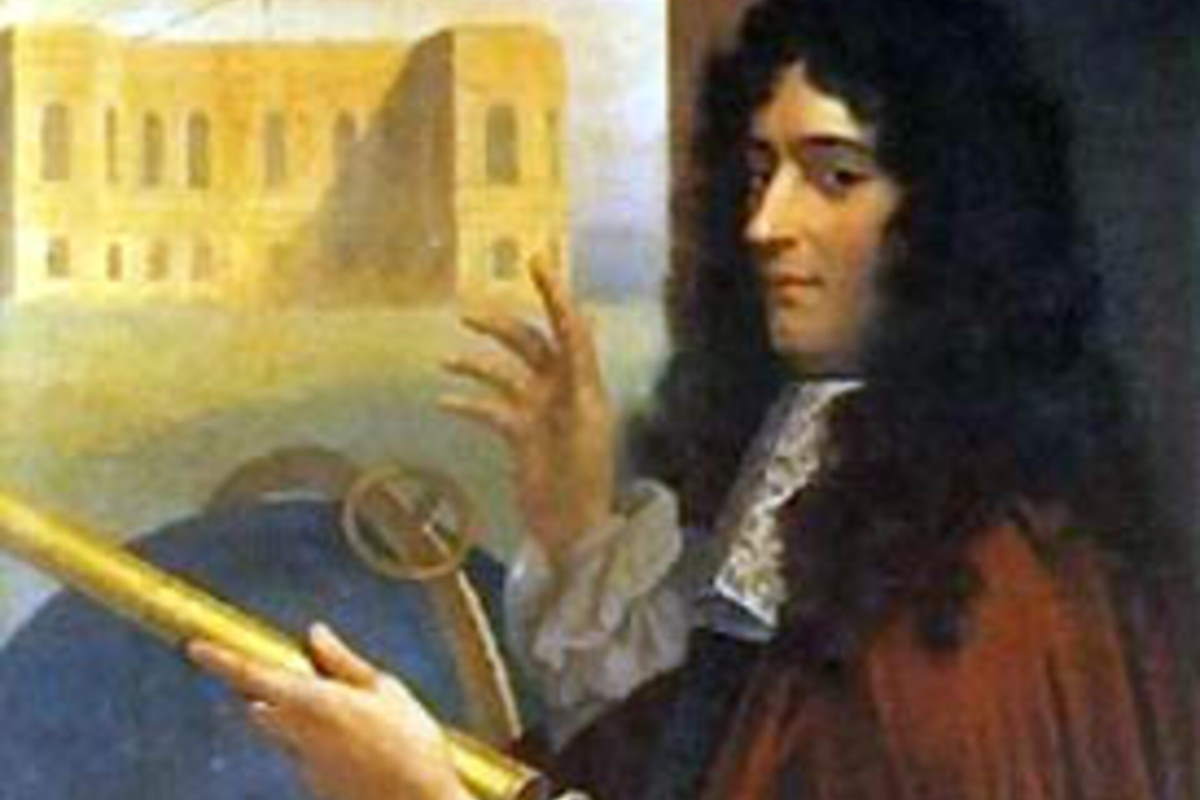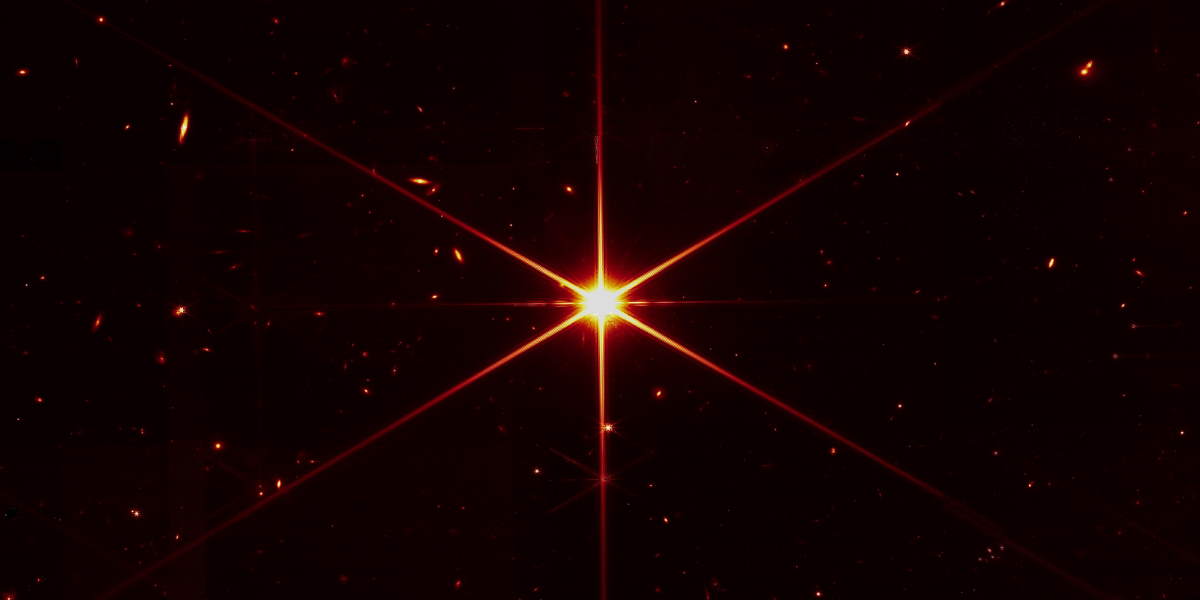On May 1, 1949, Neptune’s Moon Nereid was discovered by the Dutch astronomer and planetary scientist Gerard Kuiper, who is the eponymous namesake of the Kuiper belt. Nereid is also named Neptune II because it is the second moon of Neptune to be discovered. It is also the last satellite of Neptune to be discovered …
Continue reading “Neptune’s Moon Nereid was discovered on May 1, 1949”
